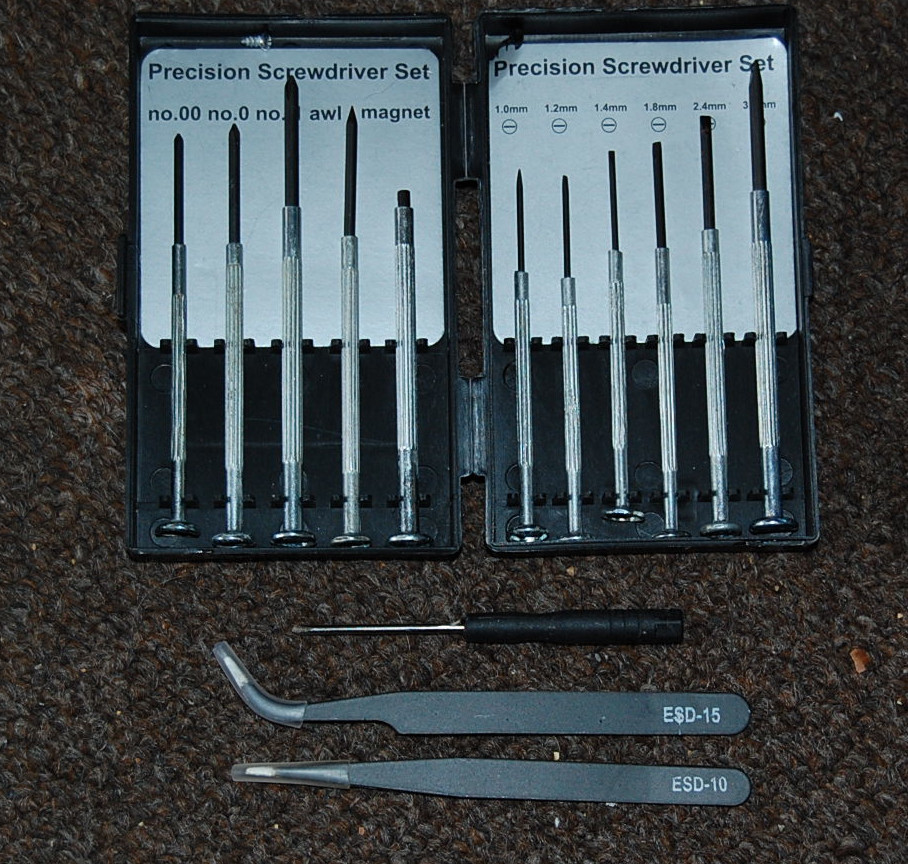Recently, it I began to suspect that the battery of my watch was running down.
I ordered a replacement.
When the new battery arrived, I went about changing the battery of the watch for the first time.
This was to turn into “one of those jobs”!
Part of the problem was an oddly shaped O-ring that needed to be exactly placed in position when reattaching the back of the watch, along with another component. (If an object with twelve sides may be called an “O-ring”!)
Another problem was partially of my own making. I managed to drop all four tiny screws on to the carpet.
Given how bad my vision is getting, I was actually impressed I managed to locate all four without recourse to magnification nor magnetism.
Before I had started the job, I had thought about the magnet sitting on a table within arm’s reach, but been too lazy to get it. My set of fine screwdrivers even has a magnetic tool I could have placed the loose screws on, although this might have been on the small side.
Lessons Learnt
So, after the job had been completed, I thought about lessons learned and solutions to problems encountered.
• One problem had been locating the fine screwdriver set in the cupboard where I keep my tools. The cupboard is rather dark, and the search was not helped by the fact that I had placed the kit inside another box and forgotten about it. While little can be done about my ageing and failing memory, I placed some red tape on the black box so it is a little easier to see.
• A larger magnet added to the box would be useful. I had planned to glue this inside the box, but instead attached it to the outside so that it would be more useful picking up dropped items. A second magnet inside would be useful to secure detached components, but I only have one small magnet handy at the moment, so placed it on the outside.
• Handling the tiny screws had been fiddly, and probably contributed to my dropping them. I have several sets of tweezers or forceps over with my modelling tools across the room, but laziness again. Adding a pair of straight and curved fine tweezers to the actual box of fine screwdrivers seemed prudent. None of my current examples would fit in the box, so I searched the web for examples that were short enough.

In the first photo you can see the magnet glued to the top left corner of the closed box.

In the second photo, you see the box contents with the additions below. Curved and straight fine tweezers. An additional fine screwdriver I got with a hard-drive enclosure.
Spudgers, and other items from phone repair kits might also be added.

